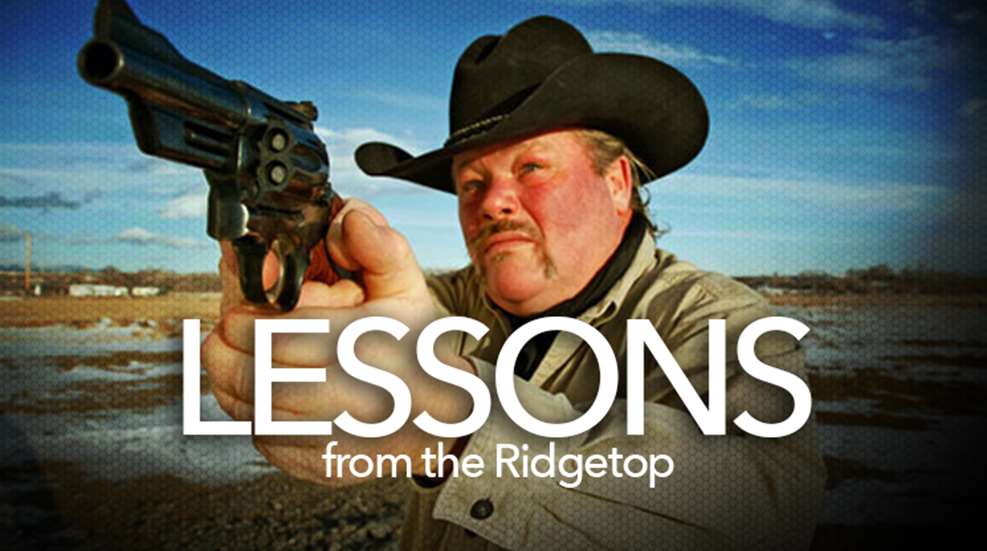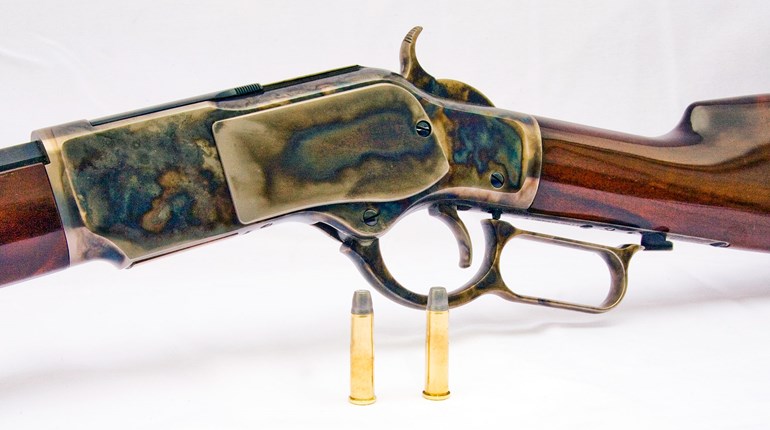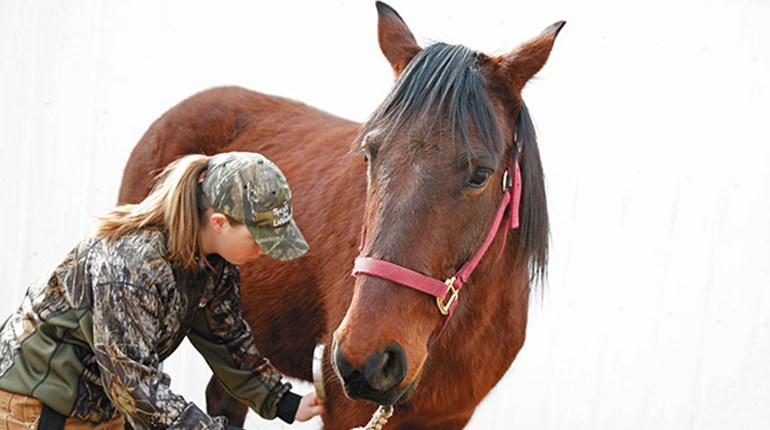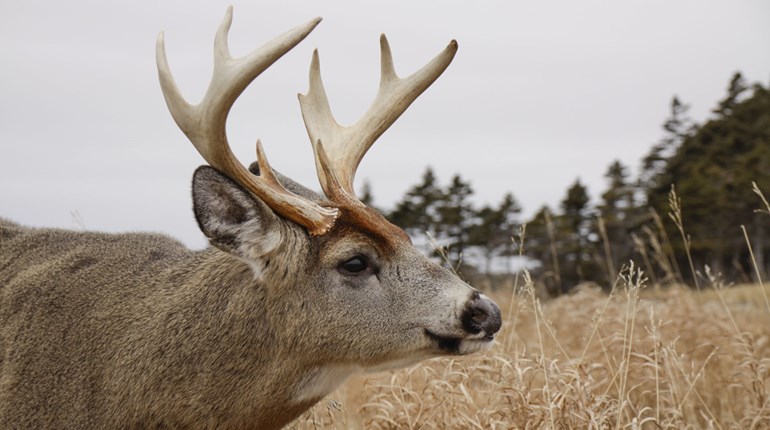
Everybody makes a bad shot once in a while. If you haven't, you probably haven't been hunting a long time. When you do make a bum shot on a game animal, you have a responsibility to track that animal down and finish it.
Tracking is part of the lore of hunting and the outdoors. Stories and legends abound of taciturn men who methodically track animals and men great distances, often over solid rock during a driving rainstorm. As with most stories, the storyteller doesn’t let a good story get any worse in the telling. I am by no means an expert or even a really good tracker, but I have tracked a few animals in my time. Here are a few—basically common sense—tips to increase your chances of success.
First and foremost, calm down. Hunting and shooting accelerates the heart rate and floods the body with all sorts of endorphins and hormones like adrenalin. Attempting to engage in a methodical process like tracking when you are all amped up isn’t the smart thing to do. If the animal is hit hard, it won’t go far. And if it is a superficial wound, it may lie down after a short distance if it doesn’t hear you and your buddies stomping around and hollering. Sit down right where you made the shot, take a drink from your canteen, eat a sandwich and recreate the shot scenario in your mind. Did you hear the bullet hit? What did the animal do?
Determine the exact place the animal stood when you shot and the direction it went after the shot. If you are hunting with a group tell your buddies to stay away from that area and be emphatic. They make tracks too, and all they’ll do is confuse everything. If they get offended, buy ’em an extra beer at the end of the day and tell them why you had to speak harshly.
When you have calmed down, the first thing you do is check your firearm. Is it loaded and ready to go? If you shoot a variable scope, turn it all the way to its lowest magnification. You might have to make a quick running shot at close range. Examine the soil for tracks and blood where the animal was when you shot. If you find a track that you know was made by that animal, examine it closely for any idiosyncrasies—a chip in the hoof, one half larger than the other—anything that might distinguish that track from another one.
Proceed in the direction the animal went after the shot, but go slowly. This is no time for rushing it. Again, if you have buddies helping you, insist they do not get too far ahead of you. This animal is your responsibility, and you need to take charge. Look for tracks and blood. Tracking is a s-l-o-w process, so advance at a snail’s pace. If the brush is thick, check the undersides of leaves for blood as the animal passed through. Look for broken twigs or bent grass and weeds that might indicate the path the animal took.
Keep in mind that wounded animals usually—but not always—travel downhill. Many of the great tracking feats are not accomplished because the tracker could see physical evidence of where the animal went. Rather, the tracker had an intimate knowledge of the animal’s behavior and reacted accordingly.
Most of the time, if the animal was hit hard, you will find it. There will be occasions when you will not recover it. That’s part of being a hunter. Your buddies will try to console you, but it won’t help. It will happen to them at some point, and you’ll do the consoling. It’s simply what we do as hunters.



































